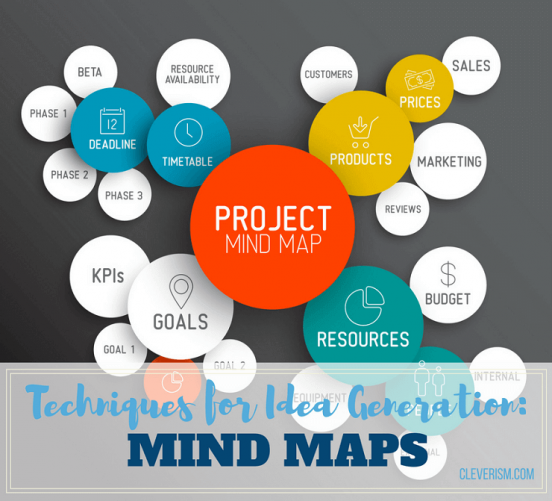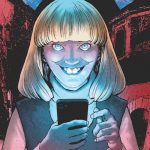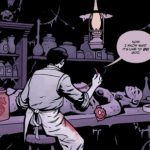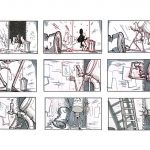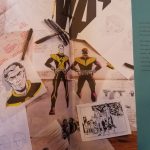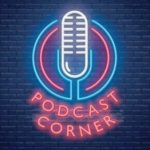“Every journey starts with a single step, and every comic starts with a single idea. Whether it’s a ‘What if?’ moment or a simple ‘Wouldn’t it be cool if . . . ?'”
–Gibbons and Piltcher, How Comics Work.
This past week, I started the ground work on my comic book. Even before writing any dialogue or supplementary narrative, I first needed to nail down my comic’s themes and central ideas.
In their guide to creating comics (How Comics Work), Tim Piltcher and Dave Gibbons recommend that long before you sit down to write your script, it pays to engage in some brainstorming exercises to get a handle on your topic. The strategies that Piltcher and Gibbons suggest include a kind of hybridized note-taking/illustrating practise, where one free-writes different ideas and connects them via thought trees, doodlenotes, or thought genealogies. For Piltcher and Gibbons, these pre-writing strategies help to get the ideas flowing and allow script writers to start making early connections and insights on their topic. Moreover, it also provides an excellent opportunity to identify the gaps in one’s knowledge that will later need to be filled.
Here’s what some of my brainstorming sessions looked like:

The next step that Piltcher and Gibbons suggest is to highlight the most important insights discovered during these writing exercises and to channel them into more structured thought frameworks, like outlines or storyboards, which capture the emerging landscape of your future comic.
These might look something like this:
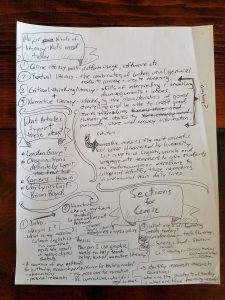
Essentially, Piltcher and Gibbons propose that the initial process of script writing is the repetition of this process, intermingled with more research and the gradual refining of your ideas into a streamlined narrative. Notice that my diagrams grow in complexity and structure as my topic refines. I’m able to slot information into a linear pattern come my third attempt, having identified which pieces of information are relevant to my comic’s emerging theme. Because my comic will be a medley of story and critical research, I’ve organized the template for my comic, more or less, in an essay format near the bottom of my final image.
Next week, I plan to conduct some hard-hitting research into my topic, which is, in a nutshell, a critical analysis concerning how comics can be used to teach literacy to “at-risk” readers. Stay tuned for more on that next week!
